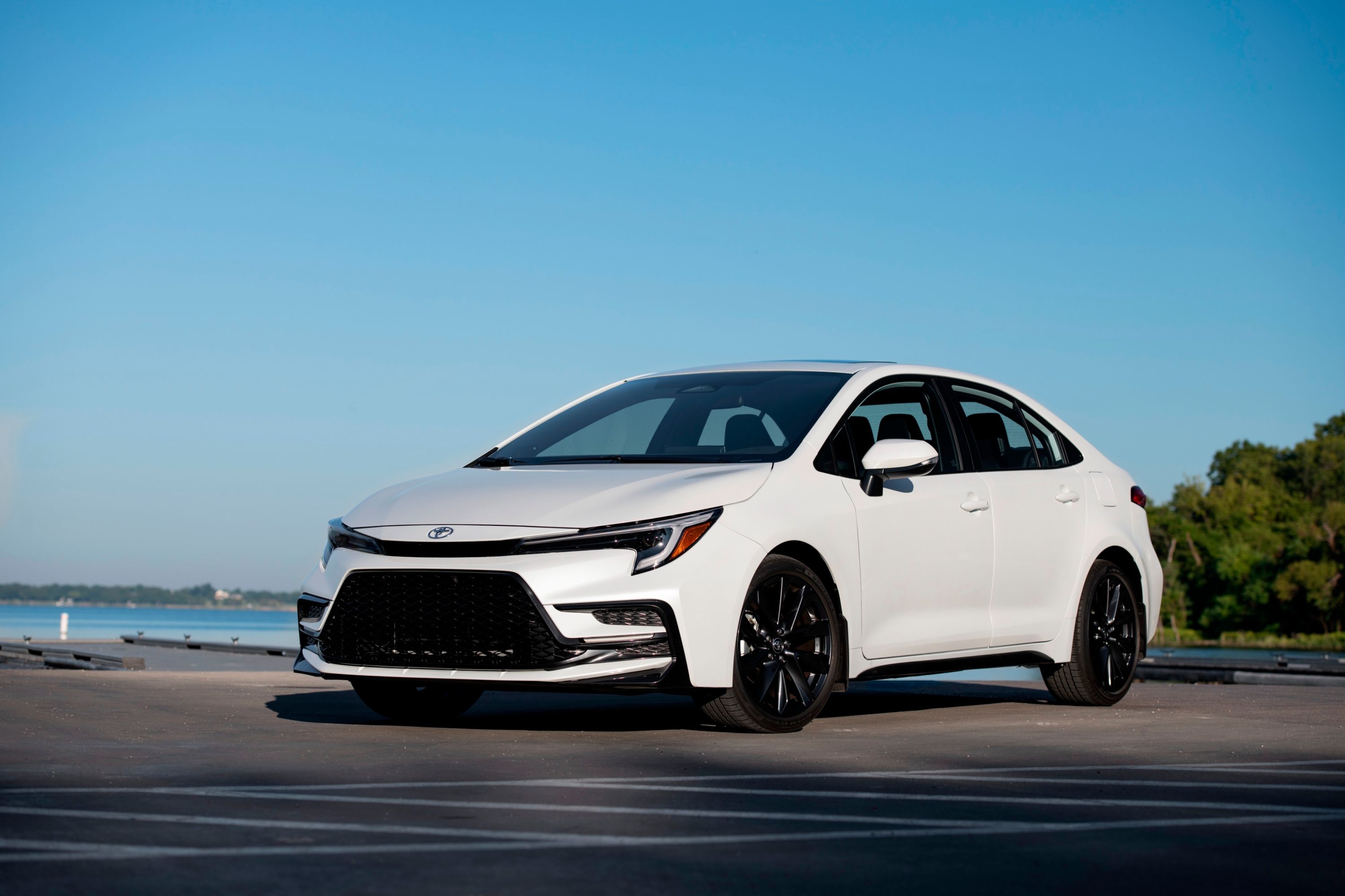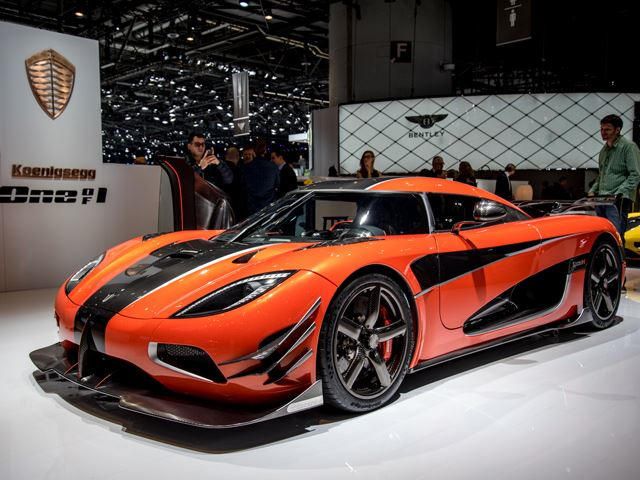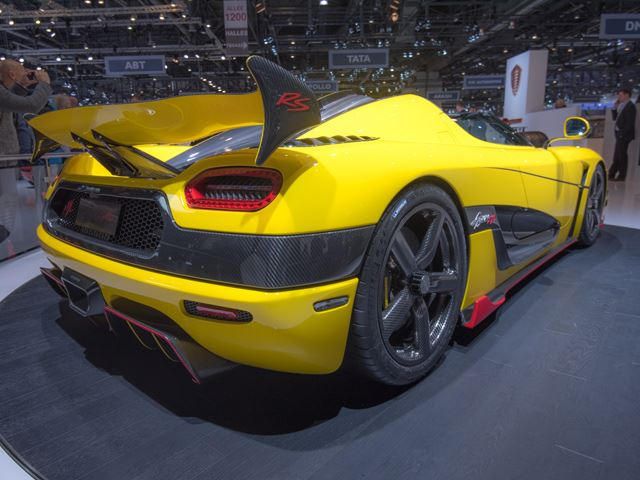
Automakers utilize their motorsports and supercar production divisions to serve as proving grounds for the cutting edge of automotive technology, with the ultimate aim for innovation to trickle down into everyday economy cars. As almost all major brands are making long-term investments in electric technology, more near term initiatives consist of making combustion engines both the most effective at developing horsepower, and energy efficient.
In our new Measure of Performance series, we will explore the frontier of new car technology and examine how mainstream cars of the near future will reap the rewards of those pushing the boundaries today. Turbochargers have seen incredible technological advancement within the last decade thanks to Formula 1 teams and hypercar manufacturers. With extreme limits on engine displacement and fuel flow (1.6 liters and 100 kg/hour respectively in F1), there's high motivation among F1 teams to develop the most horsepower per liter.
Hypercar manufacturers also share a similar mentality, as increasing power output per liter reduces overall required engine displacement and facilitates the creation of lighter vehicles. Turbochargers have long been used to increase horsepower and efficiency, and recently automakers like Koenigsegg, Mercedes, and VW Group have broken down the boundaries of turbocharger technology. Christian von Koenigsegg has forever changed the supercar world. His innovative vision has led to many revolutionary developments, one of which is the variable ratio turbocharger. Enabled by 3D printing, this turbocharger can change its area to radius ratio (A:R) of its volute.
This ratio dictates how fast the turbo can spool; think of this essentially as the tightness of a spiral's curve. The tighter the spiral, the more quickly the air passes through the turbo, spooling faster, but restricting the amount of air that can pass through, limiting air compression and boost developed. Previously, turbochargers had to be sized precisely, as a balance between spool time and horsepower was desired, but with Koenigsegg's new turbocharger technology, the same turbocharger can spool quickly and provide increased supplemental horsepower at higher RPMs by changing its inner geometry.
This technology allows cars like the Agera to hold the current record in highest horsepower per liter output of any production car at 228 hp/liter. Producing 1140 hp in a 5.0-liter V8 is absolutely astonishing. The average horsepower of the most commercially successful cars in North America (think Honda Civic, Toyota Corolla, etc) ranges from 120-160 hp. Replicating the performance from Koenigsegg's engines at an economy scale could entail 0.6-liter engines being sufficient power plants; albeit, there are some synergies with larger displacement that potentially aid to Koenigsegg's performance.
We had the chance to speak with Christian von Koenigsegg, and found he shares a similar mentality regarding the widespread implications of technology his team has been developing. "Most of the technology we've developed is about improving efficiency, making the car lighter and more powerful, and it can be used to reduce emissions and fuel consumption," revealed the Koenigsegg founder. "Almost everything we are doing can trickle down to economy cars in mass production." Christian elaborates that it requires a hypercar manufacturer like Koenigsegg to innovate such radical technology, something we will discuss in a future article, because large volume manufacturers are deterred by the risks and costs of development and production.


